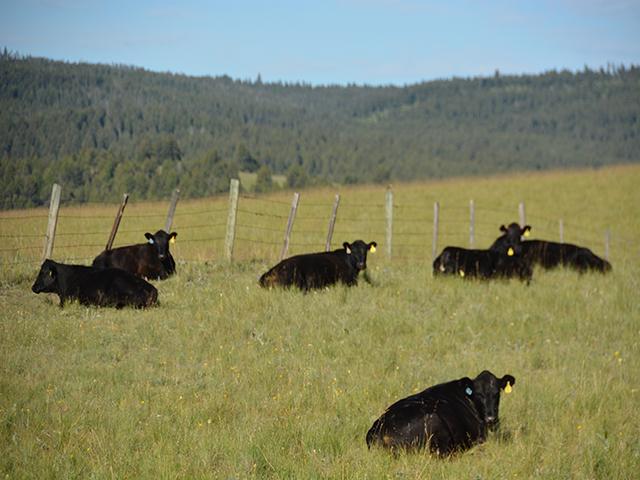Ag Policy Blog
CRP Acreage Rising, Bumping up on Acreage Cap
OMAHA (DTN) -- The Conservation Reserve Program (CRP) is "very near" its 27-million-acre cap after the latest enrollment added more than 2.2 million acres, USDA reported Monday.
Acreage numbers provided by USDA put the total CRP acreage around 26.4 million acres. That's the highest total acreage in the program since Fiscal Year 2013. The 2018 farm bill authorized CRP to top out at 27 million acres.
The Biden administration has spent the last four years increasing enrollment in CRP. When the administration took over in 2021, CRP acres was at 20.8 million acres, the lowest since the program began in the mid-1980s.
One driver helping boost acres is the popularity of the Grassland Conservation Reserve. USDA just added nearly 1.44 million to the Grassland CRP. Nebraska, Colorado and New Mexico lead the states with new acres under contract. Landowners this year will have more than 10 million acres total enrolled in the grasslands program this year.
"The popularity of our suite of Conservation Reserve Programs, including the significant success of Grassland Conservation Reserve Program and the fact that we are nearing the Conservation Reserve Program acreage cap, is a testament to the commitments made by the farmers, ranchers and landowners we serve to mitigate the impacts of climate change by conserving, protecting and enhancing our natural resources," said Zach Ducheneaux, Administrator of USDA's Farm Service Agency (FSA). "It's through all FSA's conservation programs that we are able to work directly with agricultural producers to implement climate smart conservation practices that ultimately benefit everyone."
While Grassland CRP has lower rental rates than General and Continuous contracts, the grassland program allows landowners and livestock producers to continue grazing and hazing practices on those working lands. The program helps improve wildlife habitat and biodiversity while building resilience to drought and storing carbon in pastureland. The program also helps protect the ground from land-use conversion.
The Grassland CRP also has two national priority zones: One around the greater Yellowstone ecosystem and another in the "Dust Bowl" area. This year's enrollment added more than 560,000 acres in those priority zone areas. USDA stated conserving working lands help "underpin iconic big game migrations" along with broader conservation efforts.
P[L1] D[0x0] M[300x250] OOP[F] ADUNIT[] T[]
Along with the new Grassland CRP acres, USDA this year added nearly 200,000 acres through the General signup, bringing the traditional CRP up to 7.9 million acres.
Continuous CRP has multiple subsets to it including wetlands and the Conservation Reserve Enhancement Program (CREP). Landowners added more than 565,000 Continuous CRP acres, which puts enrollment at 8.5 million acres.
Average National CRP Payments by Program as of April 2024:
General, $57.07 per acre
Continuous, $142.16
CREP, $212.63
Farmable Wetland $173,24
Grassland, $15.60
USDA reports show CRP contracts with more than 481,600 acres are set to expire at the end of September.
Chris Clayton can be reached at Chris.Clayton@dtn.com
Follow him on social platform X @ChrisClaytonDTN
(c) Copyright 2024 DTN, LLC. All rights reserved.






Comments
To comment, please Log In or Join our Community .